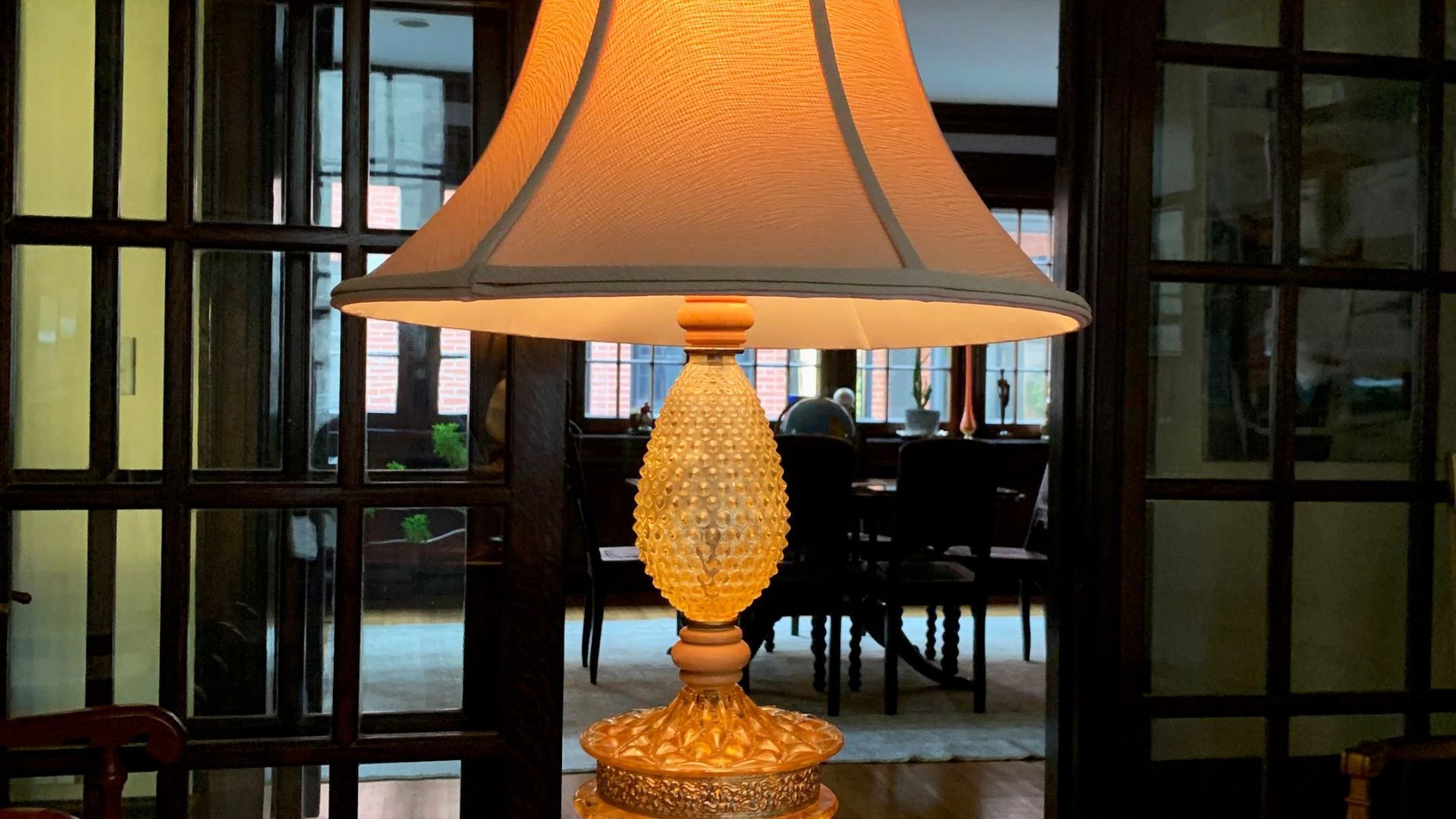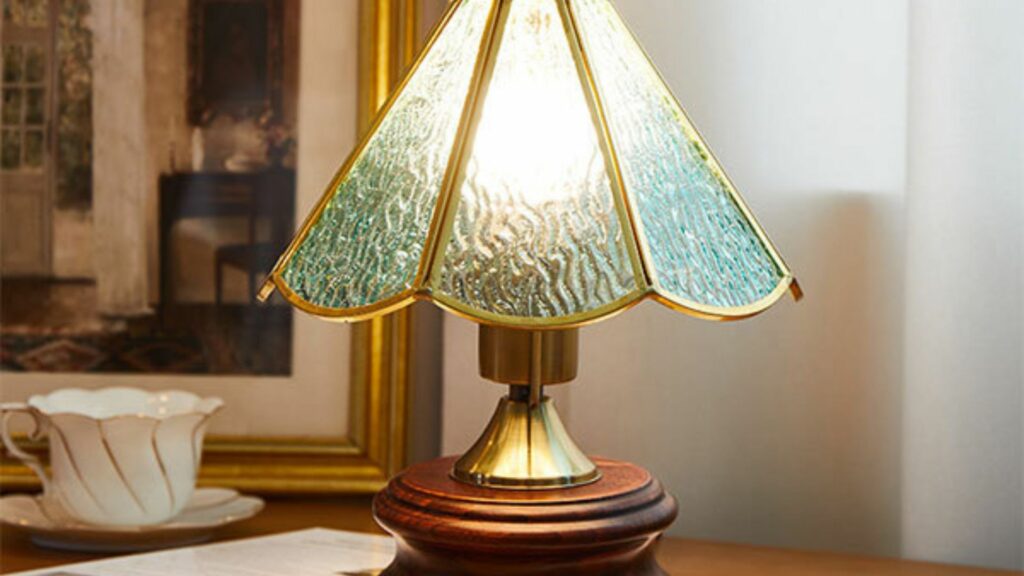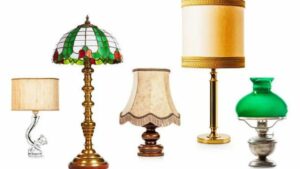
A Guide to Identifying Vintage Lamps
Vintage lamps hold a special allure. They carry whispers of bygone eras, adding a touch of character and history to any space. But with so many lamp styles and an abundance of reproductions on the market, identifying vintage lamps can be a challenge. Fear not, treasure hunters and design enthusiasts! This comprehensive guide equips you with the knowledge to understand the clues and unearth the true stories behind your lamp finds. We’ll look into various aspects that can help you identify vintage lamps.

Identifying Vintage Lamps
Materials and Construction
The materials used and the quality of construction can offer valuable insights into a lamp’s age.
Style and Design
Popular lamp styles from different eras provide key clues for dating your lamp.
Maker’s Marks and Labels
Look for identifying marks or labels that can point you towards the lamp’s origin and manufacturer.
Electrical Components
The type of wiring, plugs, and switches can offer clues about the lamp’s age.
Signs of Age and Wear
Vintage lamps often exhibit subtle signs of wear and tear that distinguish them from reproductions.
Material Matters: Unveiling Clues Through Construction
The materials used in a lamp’s construction can be a significant indicator of its age. Here’s what to look for when trying to identify vintage lamps :
Metals
Brass, bronze, and chrome were commonly used in vintage lamps, especially during the Art Deco and Mid-Century Modern eras. The patina (a coloured film that develops over time) on these metals can also offer clues about age.
Glass
Milk glass, slag glass, and hand-blown glass were popular choices for vintage lampshades. Look for imperfections or bubbles in the glass, which can indicate handcrafting typical of older pieces.
Bakelite
This early form of plastic was widely used in the 1920s and 1930s for lamp bases and sockets. Moreover, real Bakelite has a distinct weight and warmth to the touch.
Ceramics
Ceramic lamps were popular throughout the 20th century. Look for hand-painted designs or specific glazes that may point towards a particular era. Remember, some reproductions may use similar materials, so consider these details in conjunction with other factors.
Wiring the Past: A Look at Electrical Components
The electrical components of a lamp can offer subtle clues for identifying vintage lamps. Here’s what to examine:
Wiring
Early lamps often have cloth-covered wires, whereas modern lamps typically use plastic wiring.
Plugs
Two-prong plugs were standard before the introduction of grounded three-prong plugs in the mid-20th century. However, some reproductions may incorporate vintage-style plugs to appear older.
Switches
Rotary knob switches or pull-chain mechanisms were commonly used in vintage lamps, while modern lamps may have a rocker or touch-sensitive switches. It’s important to note that for safety reasons, it’s not recommended to use a vintage lamp with outdated or malfunctioning electrical components. Furthermore, if your lamp requires rewiring, consult a qualified electrician to ensure its safe use.
A Touch of Time: Recognizing Signs of Age and Wear
Vintage lamps often exhibit subtle signs of age and wear that distinguish them from reproductions. Here are some details to look for when trying to identify vintage lamps:
Patina
As mentioned earlier, metals like brass and bronze develop a patina over time. This patina can range from a warm golden hue to a deeper, more muted colour.
Scratches and Dings
Minor scratches, dents, or imperfections on the lamp’s base or shade are natural occurrences in vintage pieces. Reproductions may have an overly pristine look.
Colour Fading
Fabric lampshades or painted bases may show slight colour fading, especially in areas exposed to sunlight.
Imperfections in Glass
Hand-blown glass shades may have small bubbles or irregularities, whereas machine-made glass shades tend to be more uniform.
These subtle signs of wear and tear are not flaws but rather badges of authenticity, adding to the unique character of a vintage lamp.
Conclusion
In conclusion, Identifying vintage lamps is a rewarding journey that combines the thrill of discovery with the appreciation of timeless design. Additionally, with a keen eye and the knowledge gleaned from this guide, you’ll be well on your way to transforming those dusty finds into cherished pieces that illuminate your home with history and character.








